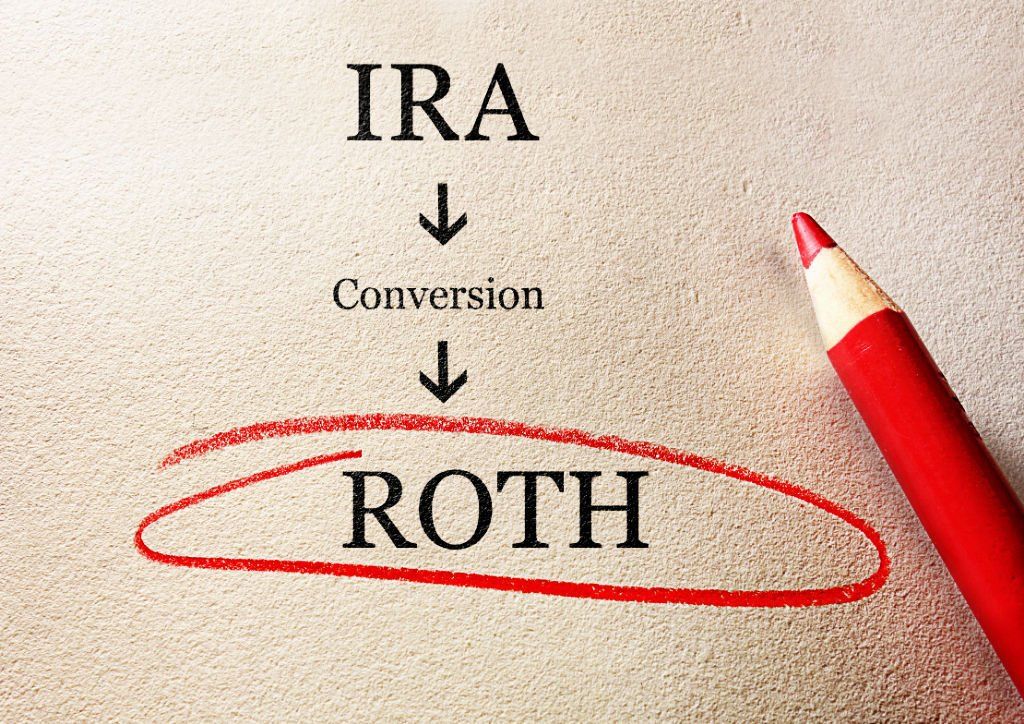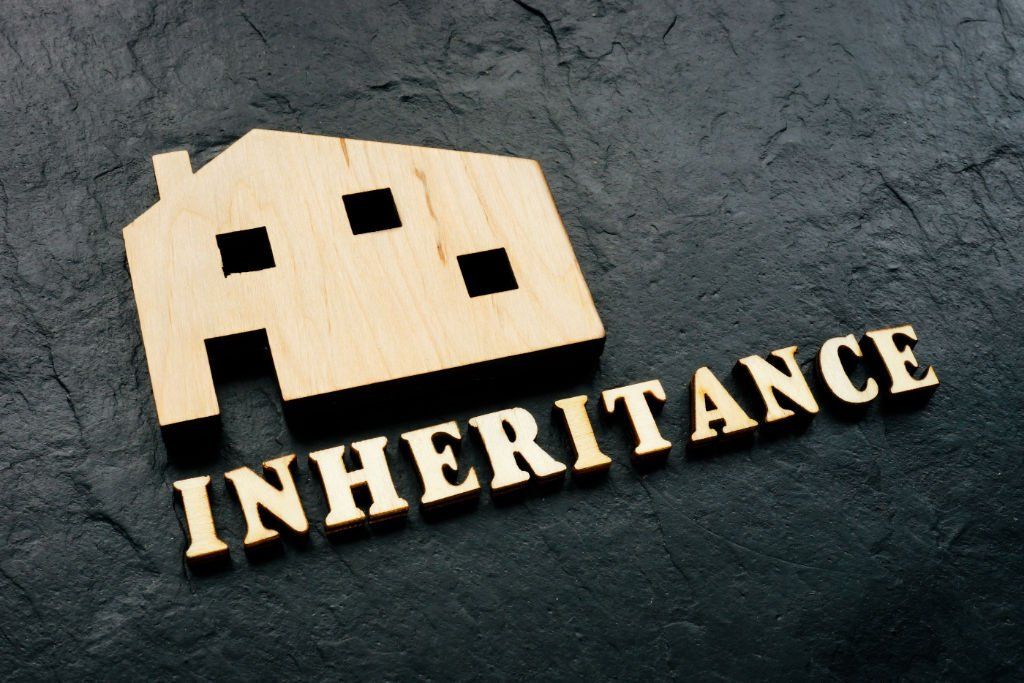Bunching Tax Strategy - Charitable Donations to Reduce Taxes

Updated on January 7, 2020.
No matter their political persuasion, I’ve never yet met a person who wanted to overpay the IRS. It's no wonder. Taxes paid to the federal government are usually the biggest single expense people have during their working years and in retirement. Below are some bunching tax strategy plans wen it comes to charitable donations.
Sign up to receive my free monthly email articles on retirement planning--no cost, no obligation .
The Importance and Rarity of Tax Planning
Surprisingly, many financial planners do not do tax planning for their clients. Their disclaimers state such. Whether due to lack of knowledge, overzealous compliance, or assuming their clients’ tax preparers are doing tax planning, for many retirees, it just doesn’t get done. And as a result, lots of opportunities are missed and strategic mistakes are made.
Tax preparing looks backward, one year at a time, to get the numbers right to accurately calculate your tax liability (and how much you owe or overpaid).
Tax planning
on the other hand looks at taxes in the context of your overall financial
picture. A tax planner not only looks in the rear-view mirror to the last year;
he will look forward
20 to 30 years at your projected
tax liability and ask what can be done to lower your lifetime
tax bill.
The legendary CPA Ed Slott quips “to make clients money through investments and yet omit tax planning for distributions is like playing the first half of the game and sitting out the second half.” Even if you are great at accumulating assets, what good is it if you lose it through unnecessary taxes.
A financial adviser who does tax planning will coordinate tax reduction strategies with you and your tax preparer. This team approach to financial planning helps you implement the most effective tax strategies for your situation.

Some Tax Basics
For some tax basics, here are the four main categories of how to lower your taxes:
1. Tax avoidance -
excluding income (such as municipal bond interest) and deducting expenses (such as
mortgage interest and charitable donations)
2. Tax deferral - postponing paying taxes until your tax rates will be lower (such as traditional IRAs and 401ks)
3. Conversion- converting short-term capital gains into long-term capital gains
(which is a lower tax rate than your marginal rate)
4. Income shifting - transferring income-producing assets to someone in a lower
tax bracket
- Step 1: Add up your total
income. This is line 6 of the new Form 1040.
- Step 2: Subtract adjustments from total income to get adjusted gross income (AGI)
. This is line 7.
- Step 3: Combine itemized deductions to discover if they exceed the
standard deduction amount. (Schedule A for itemized deductions)
- Step 4: Calculate taxable income
by subtracting the greater of itemized deductions
or the standard deduction amount from adjusted gross income. This is line 10.
- Step 5: Determine tax from either the tax table or the tax rate
schedules, depending on which applies.
- Step 6: Subtract nonrefundable credits, if any, from the tax found in
Step 5 and add other taxes to determine net tax liability
.
- Step 7: Subtract payments and refundable credits to determine amount owed or refundable.
Granted, there are many things about taxes over which we have no control, but the things we do
have control over
can make a huge difference. The tax strategy I'll show you in this article will focus on taking full legal advantage of step 4 of the process.
Challenges of the Tax Cuts and Jobs Act of 2017
As I wrote in “ Highlights from the New 2018 Tax Rules ”, The Tax Cuts and Jobs Act of 2017 (TCJA) doubled the standard deduction. Here are the updated 2020 standard deductions, which have increased slightly from 2019.
Figure 1. 2020 Standard Deduction tax figures
As a result of TCJA’s raising of the standard deduction and new limitations placed on certain deductions (like the $10,000 maximum State and Local Tax deduction), an even greater majority of households today find that their itemized deductions are lower than the standard deduction; so, it makes sense to claim the standard deduction.
But that means that all the
expenses which qualify as itemized
deductions (e. g., state and local taxes, mortgage interest, charitable giving)
count for nothing toward reducing your tax bill (for those of you who claim the standard deduction).
Getting Creative Using Your Charitable Gifts
Wouldn’t it be great if you could claim the higher standard deduction and still lower your taxes by using some of those "deductions"? That would be a win-win.
One item that particularly lends itself to some creative tax planning for retireesis charitable giving.
If you are already giving to charity, the question is how you can get some tax relief from your donations. (Note: Though you can financially help others through giving, you can't "directly" increase your own net worth by giving more to charity. But you may directly increase your net worth and help others if you carefully plan how you give.)
One great win-win strategy for people age 70½ or older who own retirement accounts is to use a Qualified Charitable Distribution (QCD). This donation is an above-the-line deduction (adjustment) that lowers your AGI (Step 2 in the process above), which can be even more tax advantageous than an itemized deduction (Step 4). See my article, “ How to Reduce Your Taxes on Your IRA RMD using QCD.”
However, for taxpayers not yet70½, or their RMDs are not as large as their donations, there is another win-win strategy that involves “bunching” itemized deductions. The idea here is to alternate between claiming the standard deduction some years and itemizing deductions other years.
For example, if you itemize deductions this year (2020) and claim the standard deduction the next year (2021), you can make two years of charitable contributions this year, but none in the following year. This is possible because you are in control of how much and when you give. Other deductions are not so flexible, although non-urgent medical expenses can sometimes be lumped into a single year to clear the 7.5% of AGI threshold (2020).
Let’s look at
an example below using charitable contributions to reduce taxes over a
three-year period.
Figure 2. Example of Bunching Charitable Contributions
Let's say hypothetical couple Roy and Renee Jones claim itemized deductions of $34,800 in 2020 (which is well above the standard deduction of $24,800). It makes sense to itemize because they are bunching three years of their normal $5000/year charitable contributions into year 2020.
This front-loaded $15,000 donation in 2020 could be made payable to
- their charity or charities directly, or
- a Donor Advised Fund that allows the Jones to claim the deduction in 2019 but direct the distribution from the donor-advised fund to their charities over time. See my article, "How to Reduce Your Taxes Using a Donor Advised Fund."
The Jones will then not make any charitable contributions the next two years, since they gave them in 2020. Then in 2021 and 2022, they can claim the standard deduction.
In this example, the Jones' total deductions for three years are $84,400. Had they not bunched deductions in 2020, and instead simply claimed the standard deduction for all three years, their charitable donations would not have helped lower their taxes at all. As a result, the Jones' total deductions would have been only $74,400 ($24,800 x 3). This strategy allowed Roy and Renee to deduct an extra $10,000 ($84,400 -$74,400). In the 32% tax rate this would save them over $3000.
By repeating this process, they could save tens of thousands of dollars over their lifetimes!
Unless you want to give the IRS a big tip, bunching charitable contributions could be a win-win-win for you, your family, and the cause you believe in.
Deduction Limits
There are some limitations the IRS places on these deductions. For gifts of cash to a public organizations such as churches, schools and hospitals, the maximum current year deduction is limited to 60% of your Adjusted Gross Income (AGI).
The limitation is only 30% of AGI for long-term capital gain (LTCG) property (if the deduction is based on the fair market value of the property) to a public charity. If you gift short-term capital gain (STCG) property (held less than one year), you can only deduct your cost basis, not the fair market value.Figure 3 below illustrates.

Figure 3. Deductions by Type of Property and Organization
50% Election
On a long term gain property, you want to also consider the "50% election" (which uses your basis) versus the 30% of AGI method which uses Fair Market Value (FMV). The 50% election may be best if the property is not highly appreciated (i.e., the difference between the FMV and your basis is relatively small). The 50% election may also be advantageous when you are in a higher marginal income tax bracket now than in future carry-forward years. Using the 50% election could result in the biggest lifetime tax savings.
For example. Karen has an AGI of $140,000 this year. She owns stock with a fair market value (FMV) of $82,000 and a basis of $75,000. She has owned the stock for five years. She wants to donate the stock to her church instead of making cash donations. If she chooses the 50% election, she would use the basis of the stock ($75,000), and her current-year deduction would be limited to 50% of her AGI ($70,000), with a $5,000 carry-forward.
If, instead, she uses the FMV of the stock ($82,000), her deduction this year is limited to 30% of her AGI ($42,000) with a carry-forward of $40,000 (82,000 minus 42,000).
As you can see, with the 50% election, Karen has a larger current-year deduction, even though using the FMV provides her a greater deduction over several years. If Karen knows her marginal tax rate will be much lower after this year, the 50% election could be the better option.
Other Charitable Giving Issues to Consider
Use the checklist below to guide your discussions with your financial adviser and tax preparer. They both play different but important roles in helping you establish your charitable giving strategy.
Charitable Giving to Reduce Taxes (Final Thoughts)
Gifting highly appreciated long-term property such as stocks in a taxable account can be a double-win in that you get the deduction and you avoid the potential long-term gain tax.
Just remember though, charitable gifts are itemized deductions ( except for QCDs) and won't help you if you use the standard deduction. That is why alternating between standard and itemizing front-loaded bunched deductions can be such a tremendous tax advantage for those who are charitably-minded and plan ahead.
This is just one of many tax saving strategies you should consider. For other strategies, read my articles:
“ Leverage Tax-Efficient Withdrawal Strategies to Boost Your Retirement Income ”,
“ How to Maximize the Roth IRA to Your Tax Advantage ”,
“ How to Dodge the Social Security Tax Torpedo ”, and
“ How to Reduce Your Taxes on Your IRA RMD.
As always, the tax strategies described here are not to be taken as advice to you. They are strategies to discuss and coordinate with your financial adviser and tax preparer.


Travis Echols , CRPC®, CSA
Receive free Social Security Guide by email
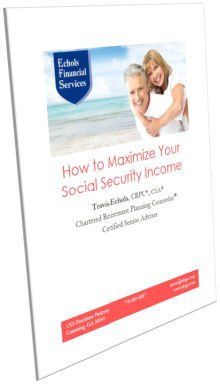
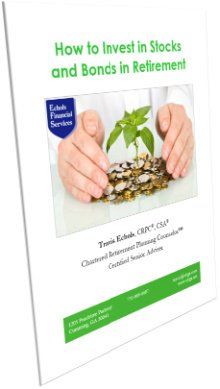

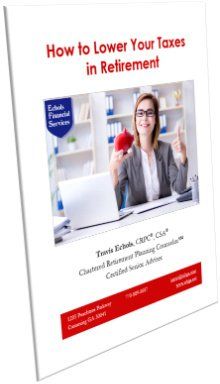
Investment Advisory Services offered through JT Stratford, LLC. JT Stratford, LLC and Echols Financial Services, LLC are separate entities.






